Some anime leave you with a thrill or a tear. Others leave you with a headache, a blank stare, or a Google search asking what just happened. This list gathers shows and films that often frustrate viewers with unfinished stories, clumsy execution, or content that many find hard to sit through. The goal here is simple. If you value your time and your nerves, you should know what you are getting into before you press play.
You will find titles that struggled with production problems, wild tonal shifts, or heavy subject matter. You will also see adaptations that cut arcs, skip logic, or speedrun entire plots. Each entry explains what goes wrong and who might still want to watch anyway. That way you can choose wisely and avoid the most common pitfalls.
‘Pupa’ (2014)
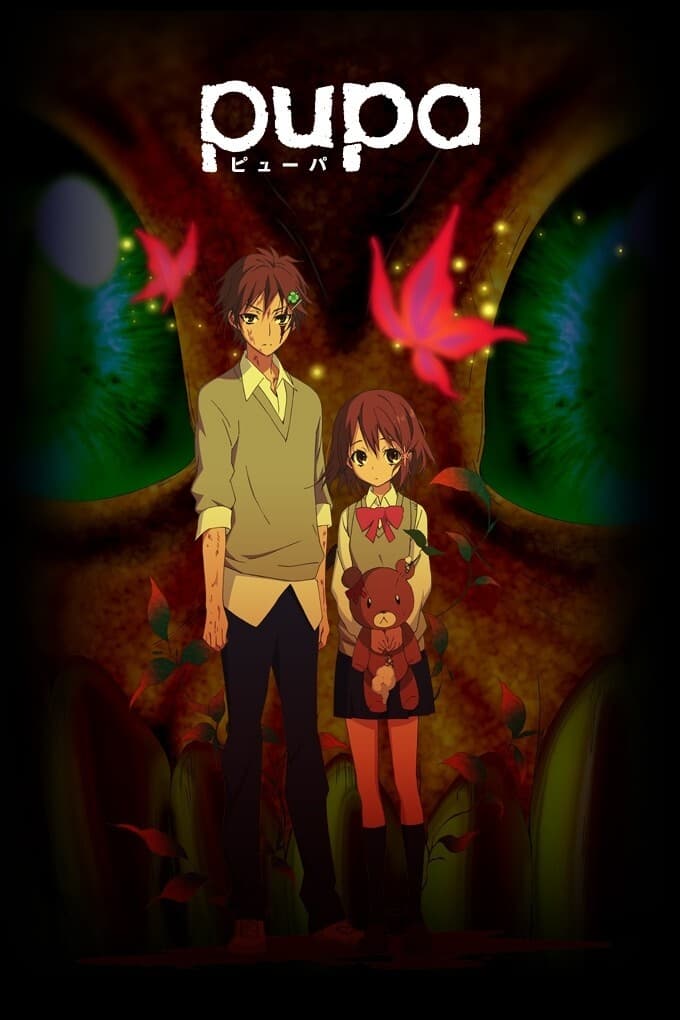 Studio Deen
Studio DeenThis short horror series adapts only a slice of its source and breaks it into bite sized episodes. Key plot points are trimmed, character motivations are unclear, and several scenes rely on shock without building a story around it. Viewers meet siblings with a disturbing bond and a body horror premise that never receives proper setup or payoff.
The censorship approach also swings back and forth. Graphic scenes are blurred or cut while other moments linger for impact. The result is a choppy experience that raises questions it never answers and ends right when it needs to start resolving anything.
‘Ex-Arm’ (2021)
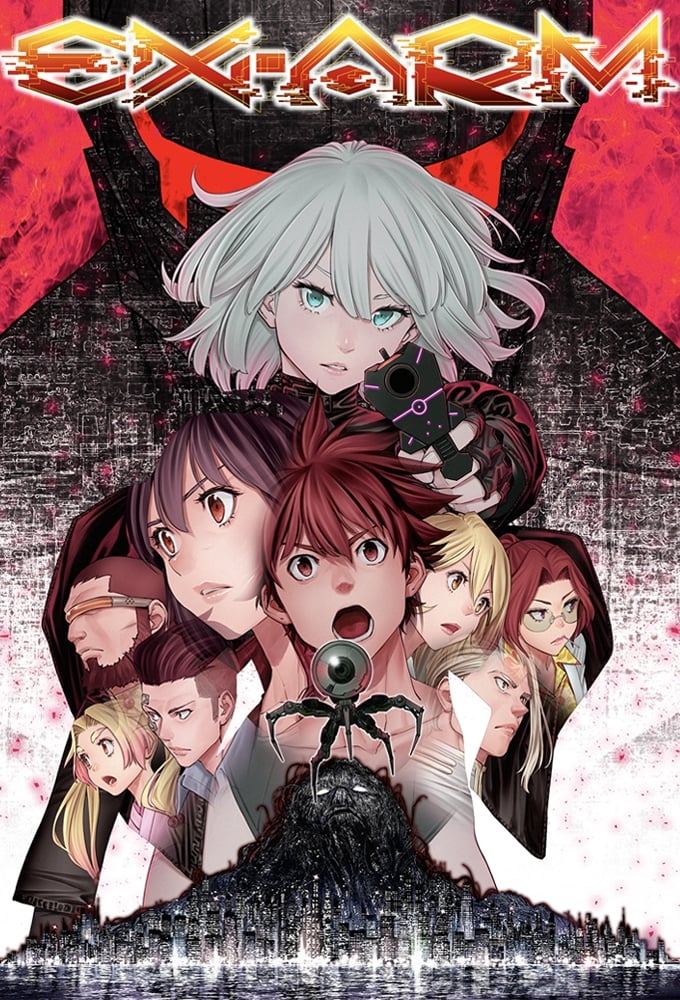 Visual Flight
Visual FlightThis sci fi title is known for inconsistent visuals and a heavy reliance on stiff computer graphics. Character models move at a different frame feel than the backgrounds, which makes action sequences hard to follow. The mix of rendering styles also pulls attention away from the story and toward the technical flaws.
The adaptation compresses complex tech concepts into quick exposition. World rules shift to fit the scene and the script leans on jargon without explaining how anything works. If you enjoy polished cyber action you will notice the gap between ambition and execution right away.
‘Gibiate’ (2020)
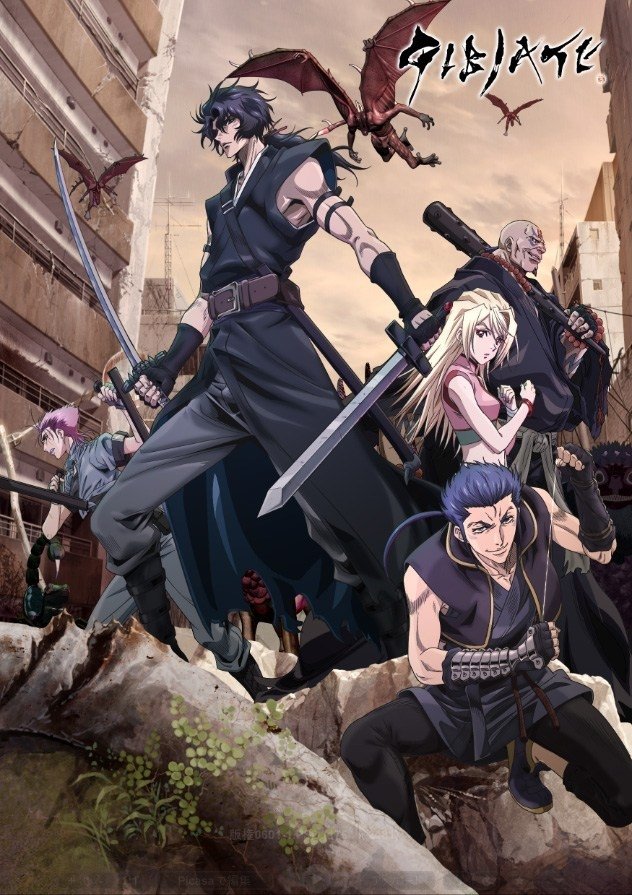 l-a-unch・BOX
l-a-unch・BOXThis post apocalypse series starts with a survivor concept and a monster outbreak. The story brings in time travelers and samurai flair without laying a foundation. Episodes jump from idea to idea and side characters appear and vanish before they matter.
Action scenes reuse shots and the creature designs vary wildly in style. The show promises a fusion of classic and modern elements yet never blends them into a steady tone. Expect a collection of big swings that rarely connect.
‘Hand Shakers’ (2017)
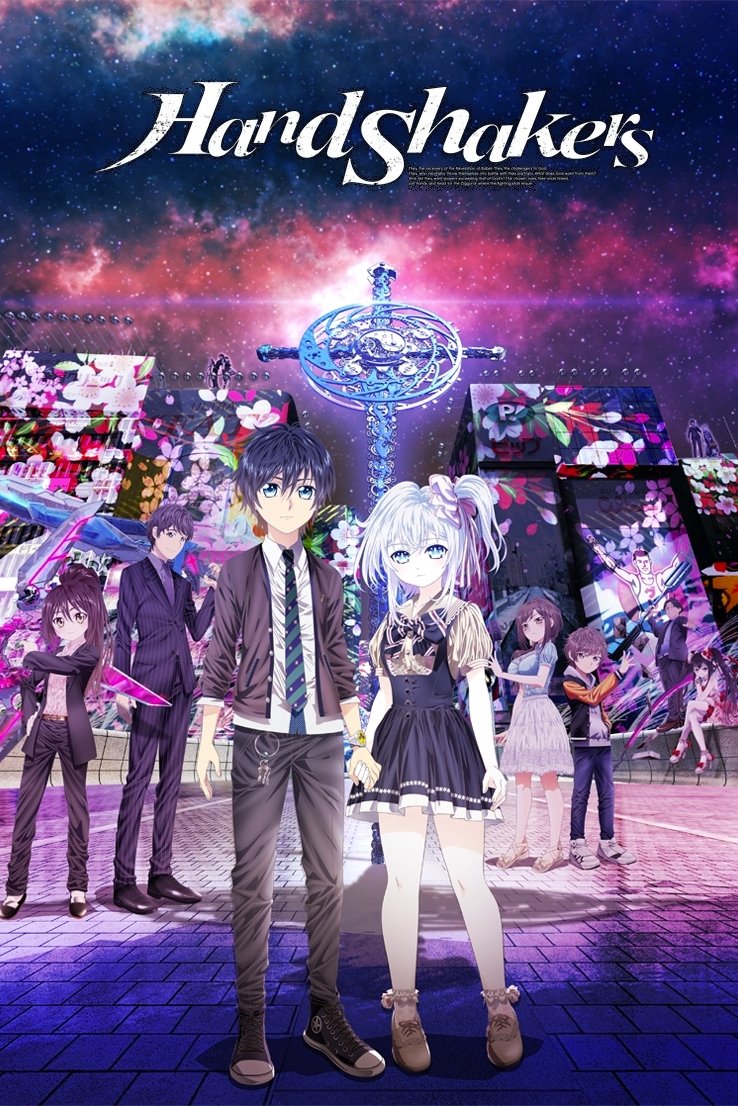 GoHands
GoHandsThe premise pairs fighters who enter a parallel battleground to duel other teams. Visual effects layer chains, gears, and camera spins over every scene. The constant movement strains readability and turns simple conversations into visual noise.
The series also spends long stretches on exposition about rules that later shift mid fight. Character arcs revolve around one note backstories that resolve quickly. If you want clear choreography and stable world rules, you may walk away frustrated.
‘Mars of Destruction’ (2005)
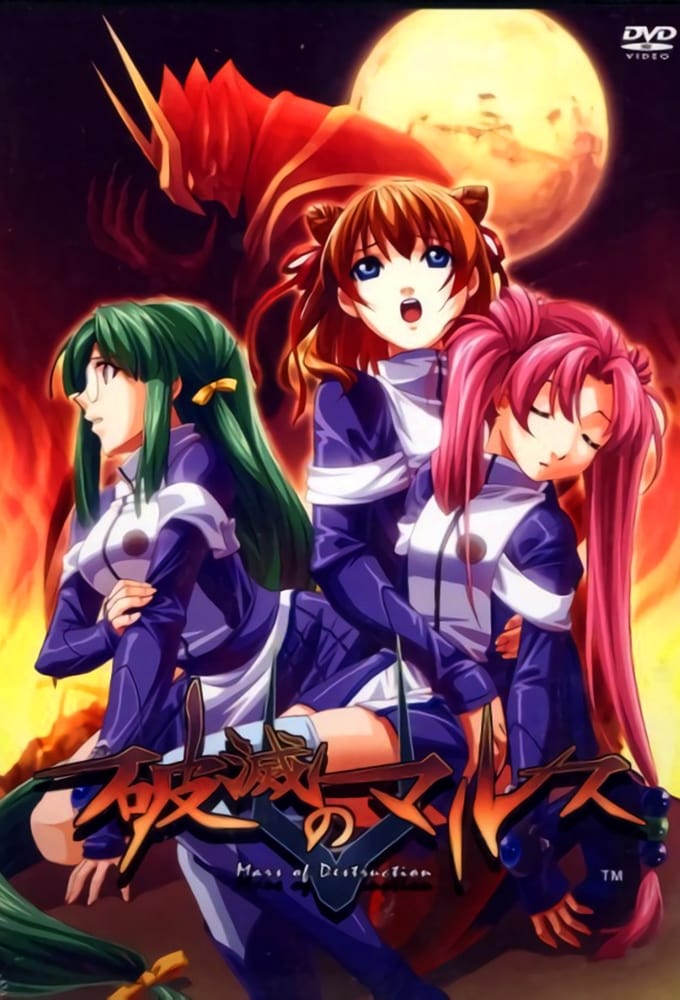 WAO World
WAO WorldThis one episode OVA attempts a save the world plot with minimal setup. It uses static shots, abrupt cuts, and sound effects that do not match on screen action. The enemy designs lack detail and the final confrontation ends without explanation.
Dialogue introduces terms that never return. Character injuries appear and disappear between shots. If you are curious about infamous low budget anime, this is a quick watch that shows how much craft matters even in a short runtime.
‘Tales of Byston Well: Garzey’s Wing’ (1996)
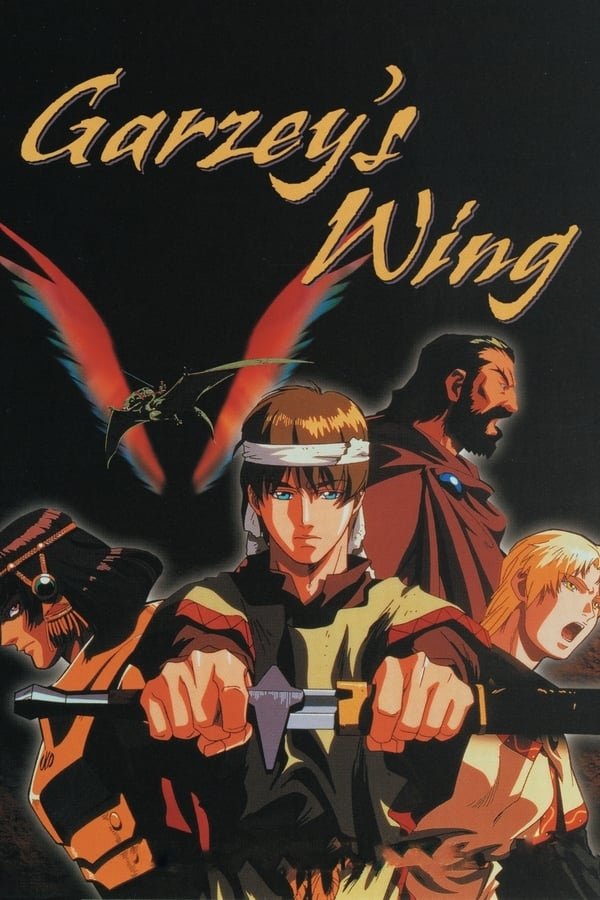 J.C.STAFF
J.C.STAFFThis fantasy OVA transports a modern teen to a parallel land and splits his spirit between worlds. Scenes jump between settings with little connective tissue, so the stakes never settle. Characters shout lore terms and battle plans at high speed while events move ahead without context.
Fight sequences end abruptly when a new name gets introduced. The script treats every line as urgent which leaves no room for clarity. Viewers looking for coherent isekai structure will find a case study in why pacing and explanation are crucial.
‘Big Order’ (2016)
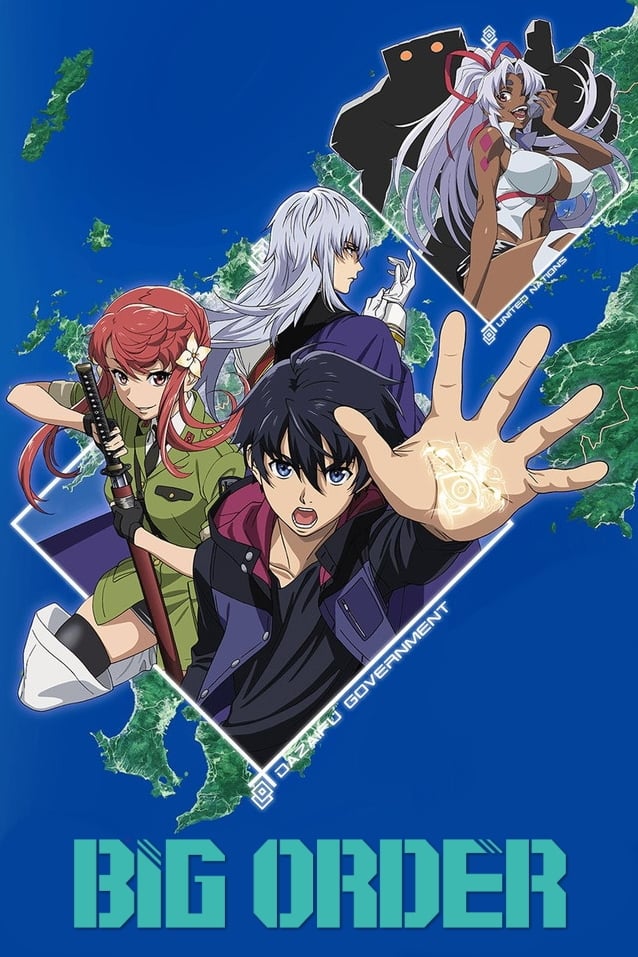 asread.
asread.The show introduces reality shaping powers and a cast of superhuman factions. It leans on sudden twists and alliances that flip within minutes. Motivations change to trigger the next reveal, not because a character grows or learns anything.
World rules are flexible in ways that break tension. When powers can do anything, the story has trouble building suspense or consequence. If you enjoy ordered systems with clear limits, this one will test your patience.
‘Magical Warfare’ (2014)
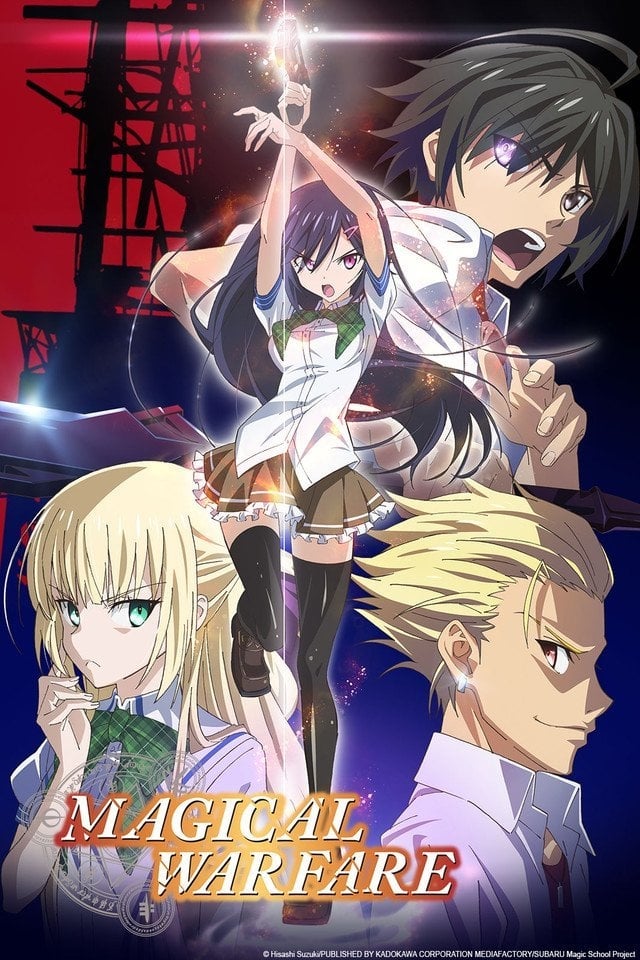 Madhouse
MadhouseThis urban fantasy sets up secret schools, rival clans, and a conflict spilling into the human world. The pilot promises careful training and politics, yet the plot soon rushes through lessons and jumps straight into battles. Important abilities appear without practice or explanation.
Romantic subplots crowd the main conflict and several threads stop mid stream. The finale leaves central questions open and key characters stranded in unresolved arcs. Viewers who want a complete school magic story will not get closure here.
‘The Promised Neverland’ (2019–2021)
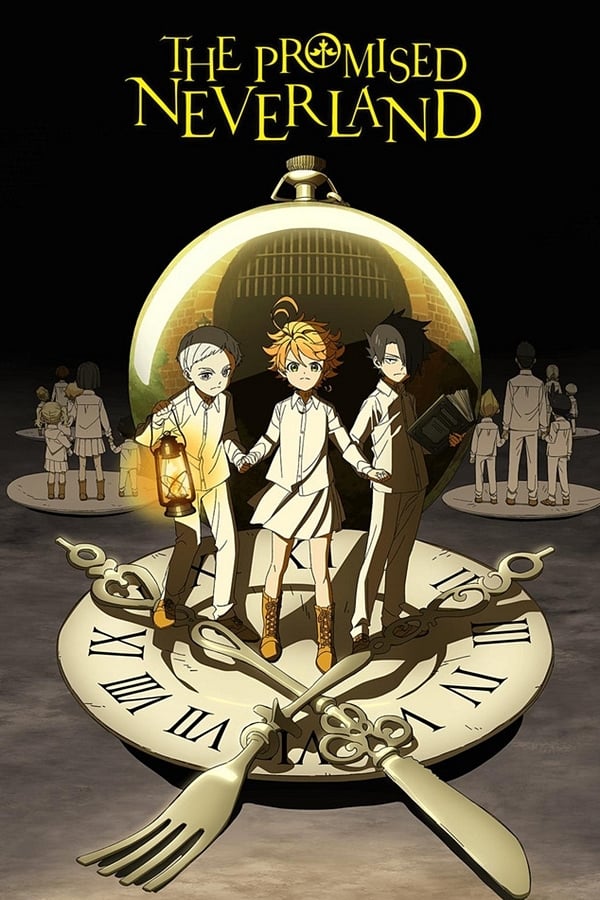 CloverWorks
CloverWorksSeason one presents a tense escape thriller built on strategy and careful character work. The follow up season compresses multiple arcs and removes an entire adventure that defines the middle of the story. Time skips and exposition slides replace planning and execution.
Several major antagonists and allies are reduced to quick cameos. Emotional beats that need buildup arrive without groundwork. Newcomers may feel whiplash while manga readers will notice how much connective tissue went missing.
‘Tokyo Ghoul’ (2014–2018)
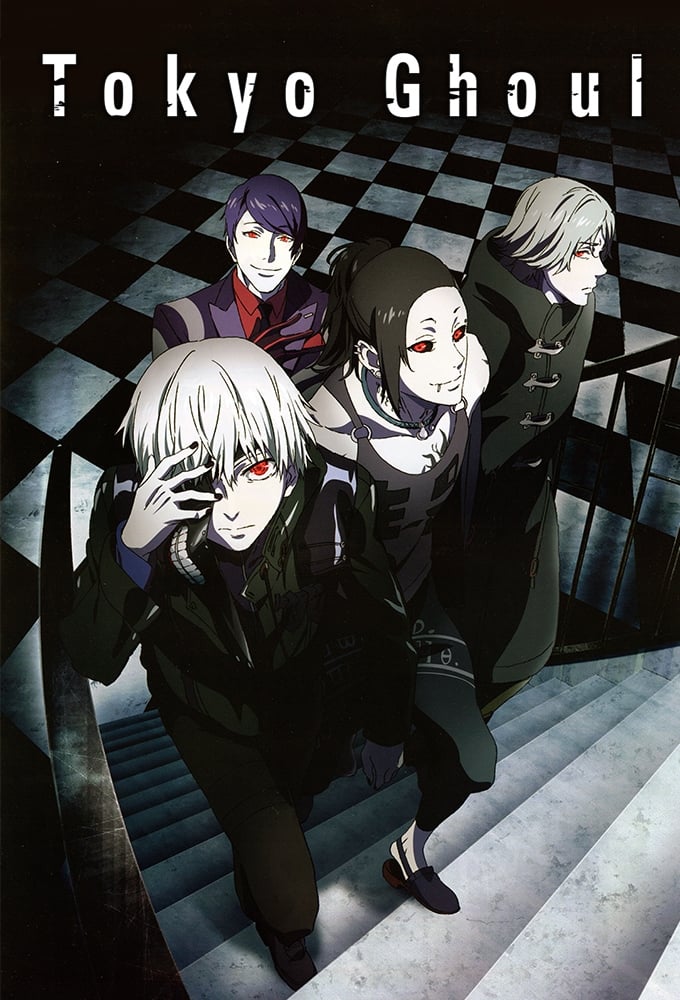 Marvelous
MarvelousThis adaptation begins with a strong hook and a careful look at a divided society. The second season diverges from the source and changes key plot paths. Character choices no longer line up with earlier growth, which blurs the theme of identity and control.
Later entries attempt a course correction that condenses long arcs into short bursts. Battles arrive one after another with little setup, so the human cost and moral questions fade. Viewers who want a steady arc will find uneven steps and abrupt turns.
‘Deadman Wonderland’ (2011)
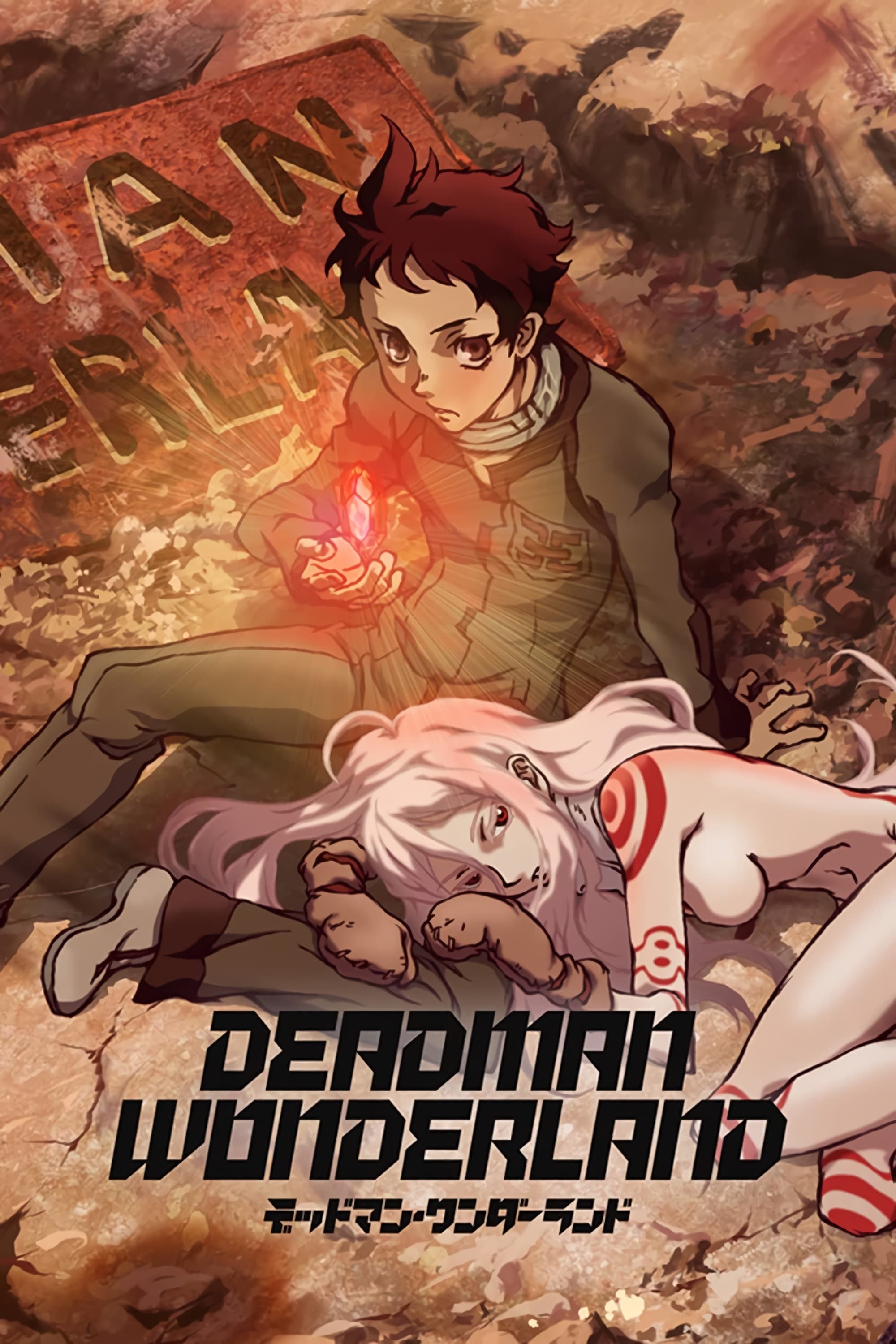 Manglobe
ManglobeThe story sets up a prison theme park where inmates fight in deadly games. The season introduces the core mystery then ends before revealing the mastermind or resolving the central conspiracy. Many characters join the cast only to vanish when the plot moves on.
The tone mixes splatter thrills with social critique but does not stay long enough to unpack either. If you want an answer to the big questions, you will leave with a cliff that never received a bridge.
‘Btooom!’ (2012)
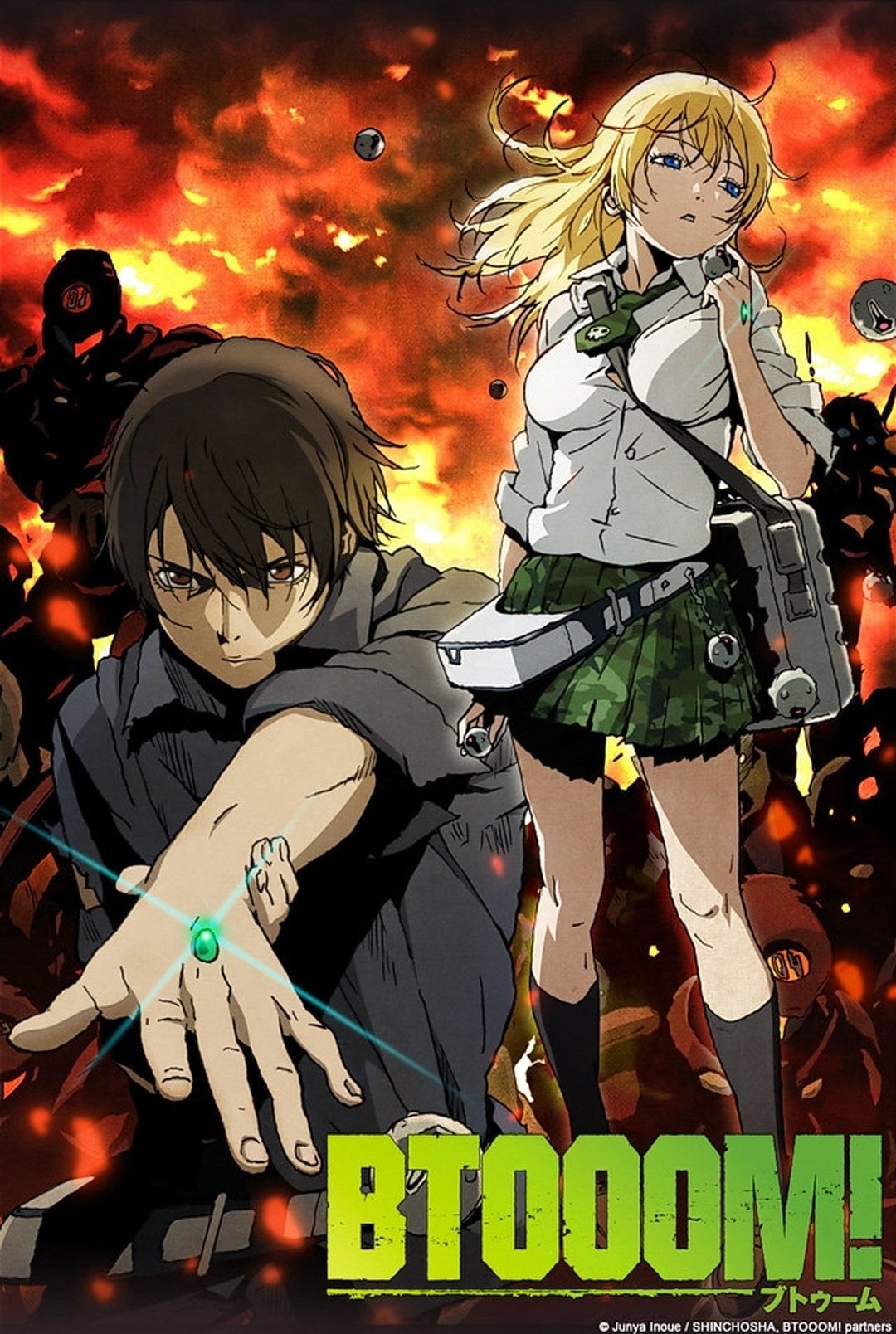 Madhouse
MadhouseA survival game premise sends players to an island with bomb based weapons. The show uses matchups to test strategies yet halts just as alliances and rivalries become interesting. The main conflict between two key players remains open and the escape plan sits unfinished.
The adaptation teases future arcs and then stops. It also introduces themes of trust and trauma without resolving their impact. Expect a midpoint that feels like the end of chapter one rather than a full story.
‘Plunderer’ (2020)
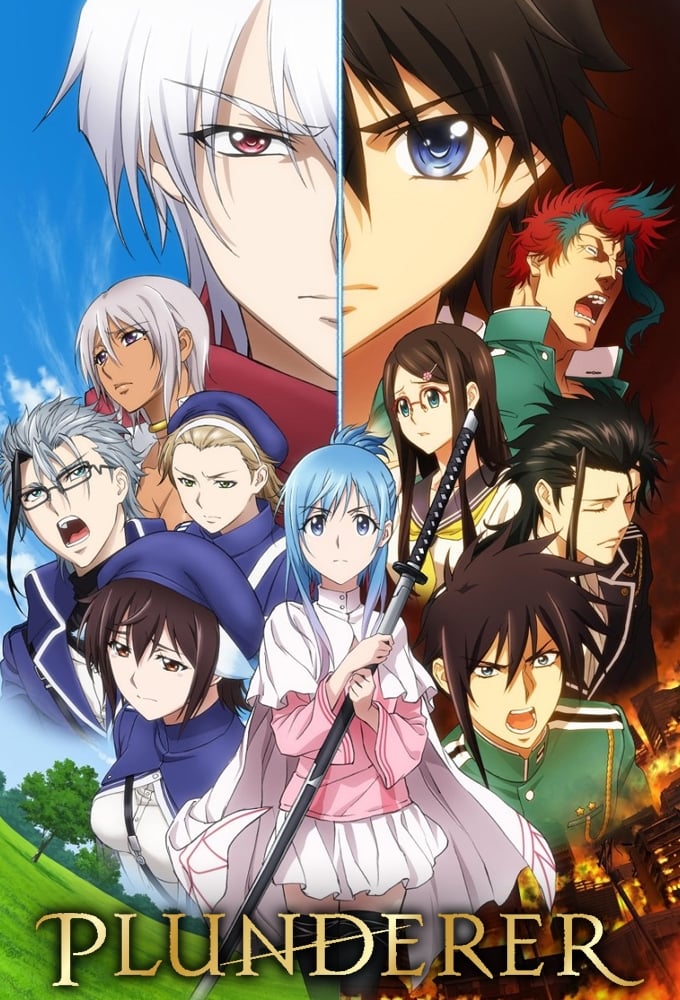 Nippon Columbia
Nippon ColumbiaThis series builds a number based power system and a military conflict in a broken land. Early episodes lean on forced comedy and recurring gags that stop the plot. The tone swings from slapstick to dark history without easing the transition.
The core mystery about vanished cities and legendary aces takes long detours. When answers arrive, they come through info dumps that rush past fallout and consequence. If you want a focused arc, the detours may outweigh the destination.
‘Conception’ (2018)
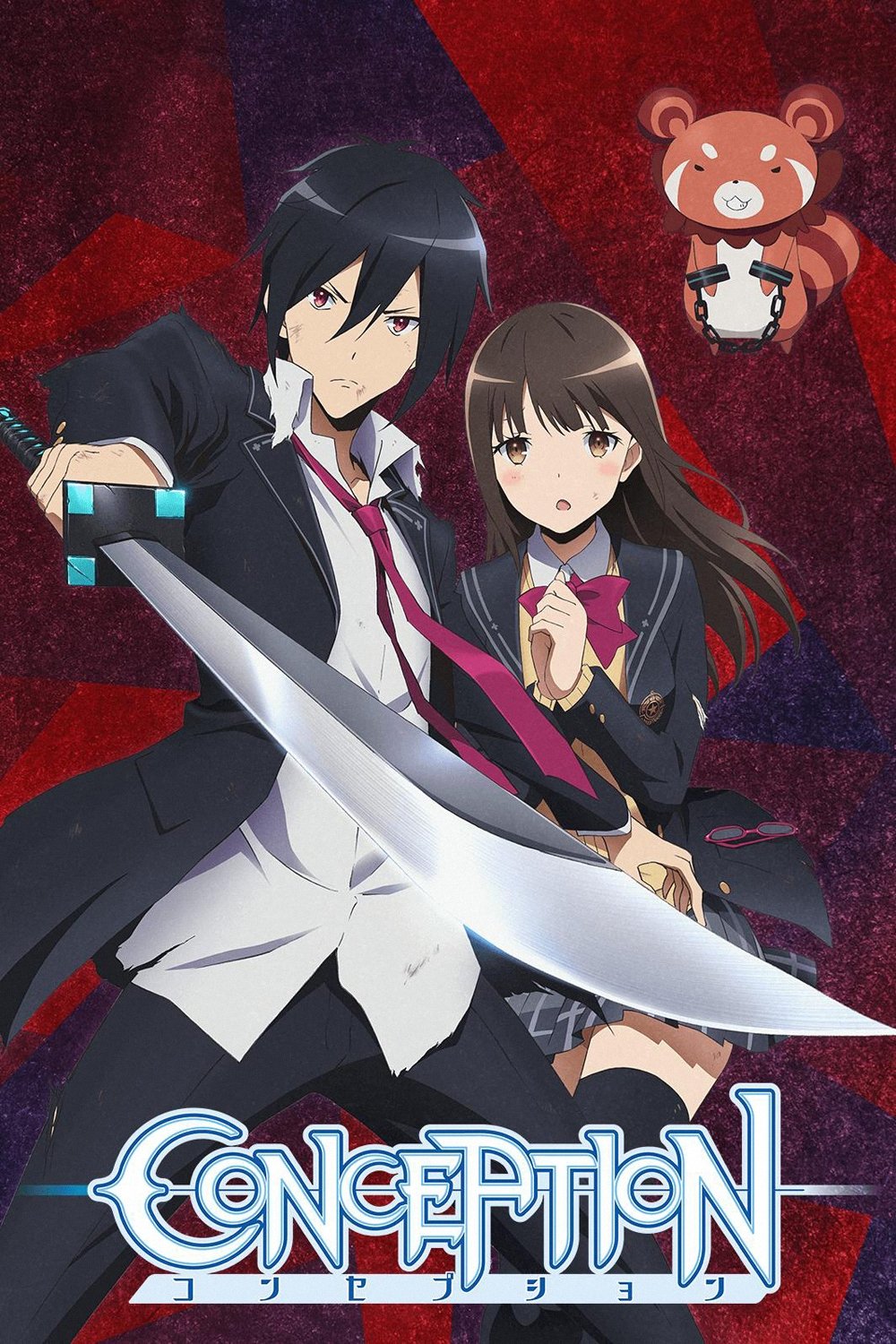 GONZO
GONZOBased on a game about forming bonds to create star children, this adaptation treats the premise as a sequence of episodic encounters. The structure repeats the same setup across different partners which stalls momentum. The fantasy conflict remains a distant backdrop for most of the runtime.
Character growth is minimal because episodes reset to a similar starting point. World building stays vague, and the final stretch wraps conflict with little groundwork. Viewers seeking a plot driven fantasy will find a thin thread.
‘Coppelion’ (2013)
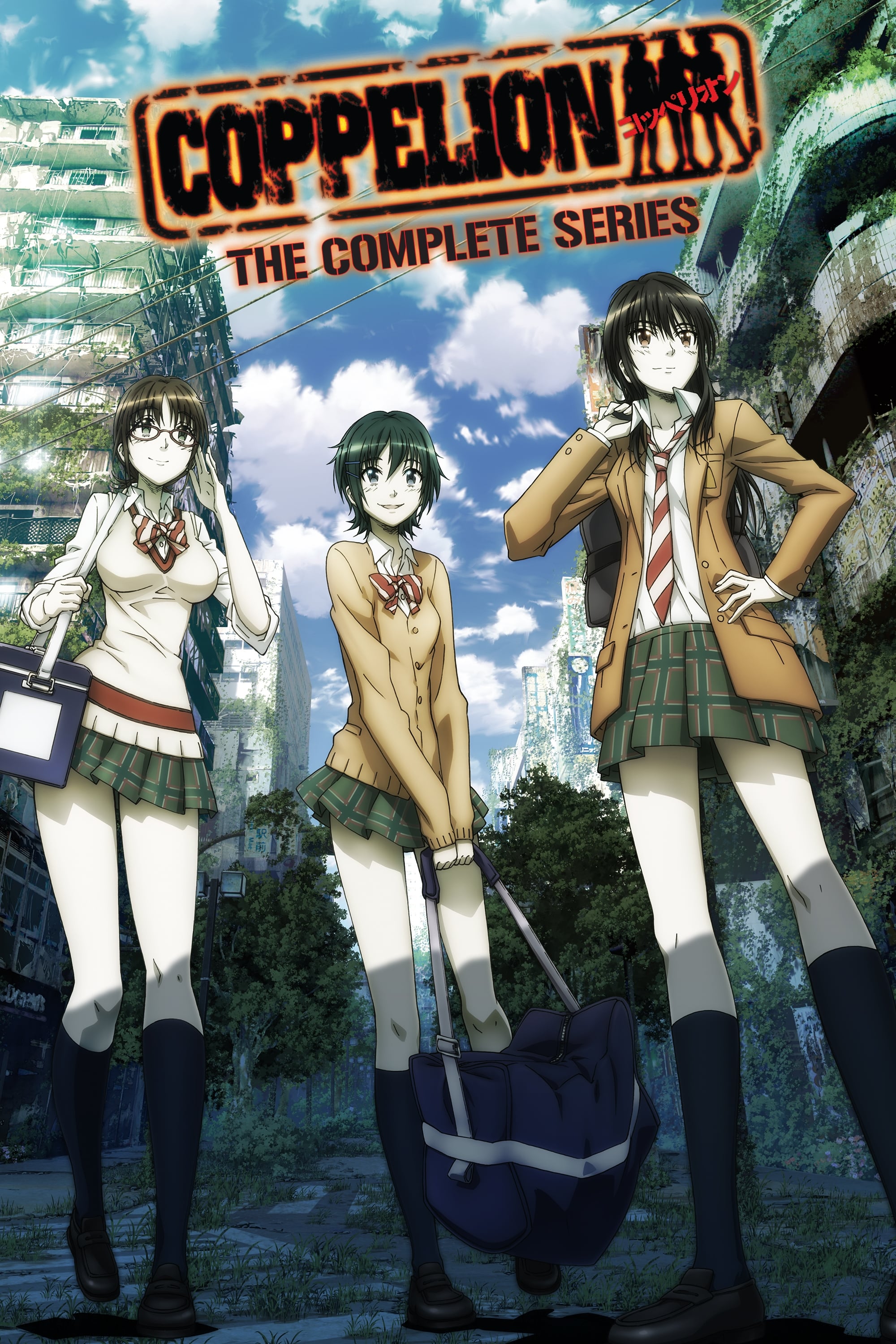 GoHands
GoHandsThis post disaster tale follows engineered students sent into a contaminated city. The setting has strong potential yet the script shifts targets often, from rescue drama to tactical standoffs to family melodrama. The mission goals are unclear which weakens the sense of progress.
The science behind exposure and protection changes to fit the scene. Visuals present striking ruins, but character choices rarely align with training or logic. If you want consistent rules in a hazardous world, this one struggles to deliver them.
‘Blood-C’ (2011)
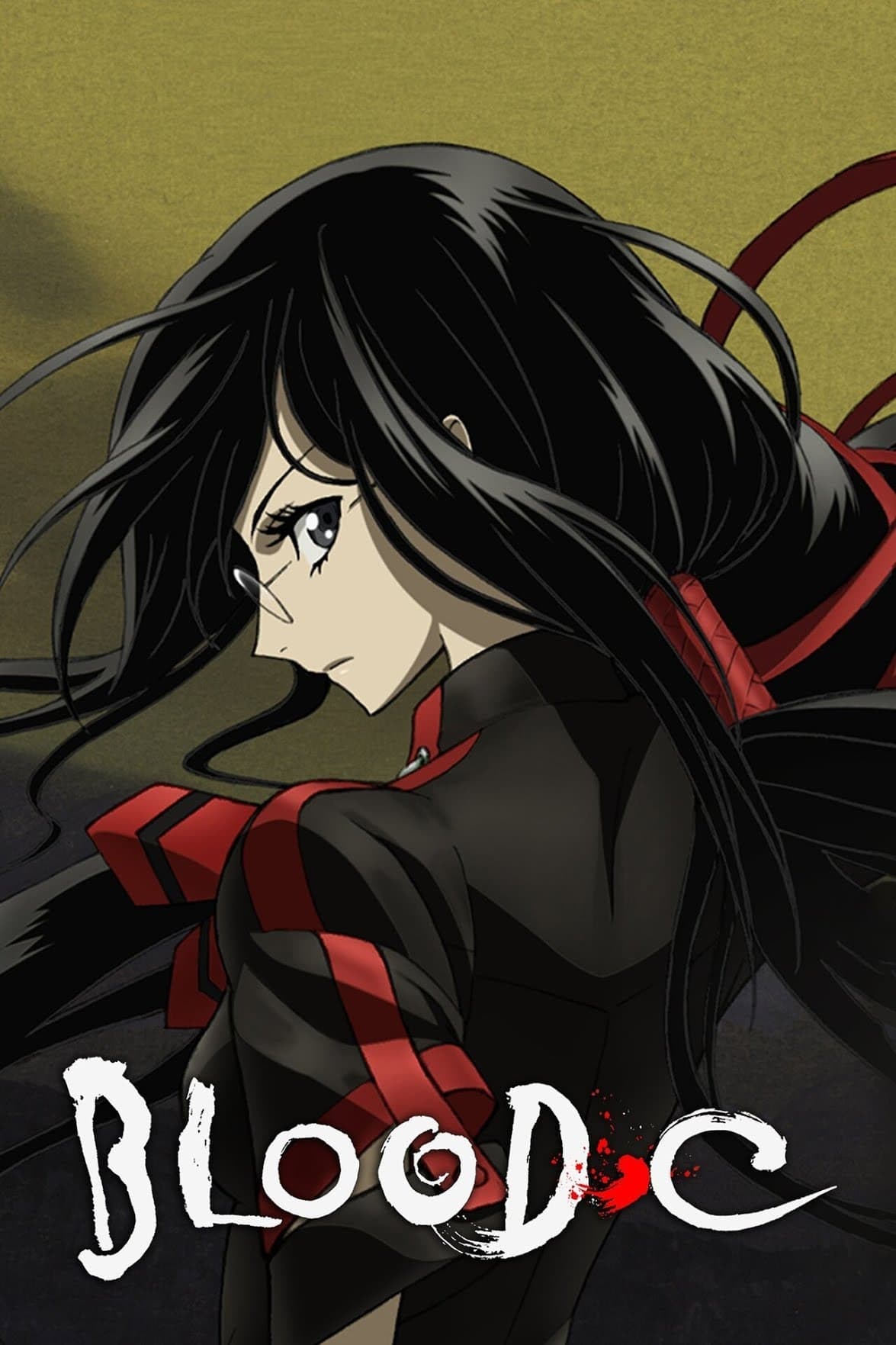 Production I.G
Production I.GThe show masks its true premise behind a repetitive monster of the week pattern. Clues are scattered but the weekly structure hides them until a sharp pivot near the end. The final reveal reframes earlier episodes in a way that can feel like a long prologue.
Violence escalates quickly and focuses on shock scenes more than investigation or consequence. The companion film carries key answers, so the series alone feels incomplete. Viewers who prefer a self contained season may feel shortchanged.
‘Elfen Lied’ (2004)
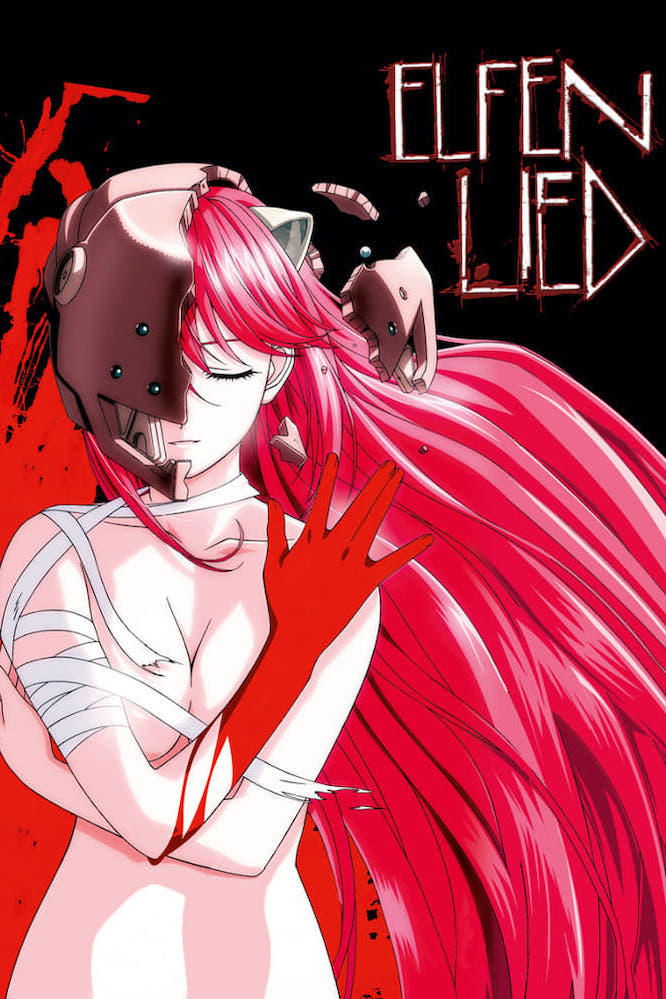 ARMS
ARMSThis series mixes psychic violence with themes of abuse and prejudice. The contrast between light slice of life scenes and brutal incidents is abrupt. The show asks heavy questions about humanity but moves past reflection to reach the next set piece.
The adaptation ends before the source reaches its resolution. Several mysteries remain open and character arcs stop in mid change. If you want closure along with catharsis, you will not find it here.
‘School Days’ (2007)
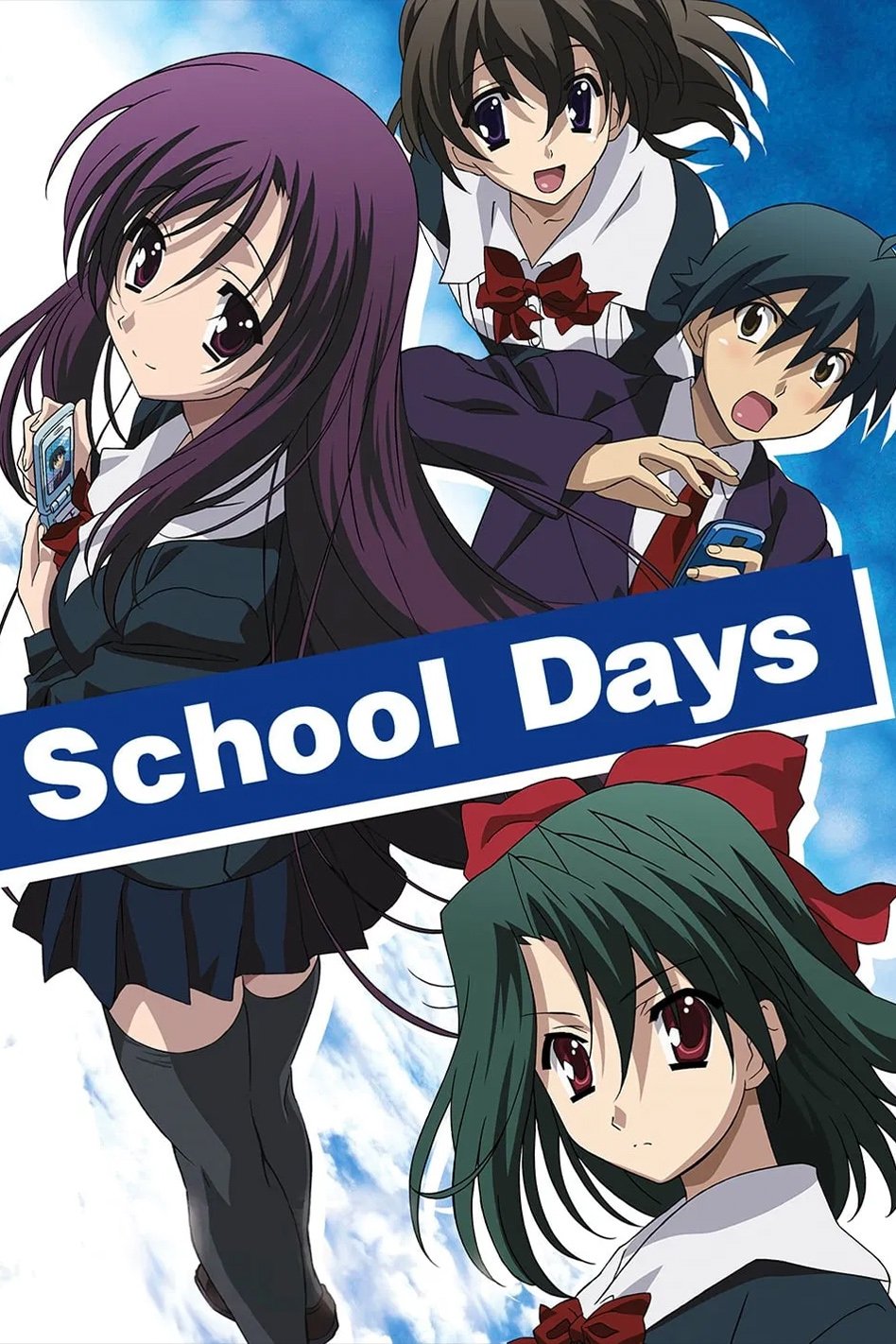 Marvelous Entertainment
Marvelous EntertainmentThis drama follows a love triangle that spirals into manipulation and harm. Early episodes present a standard school romance that slowly reveals darker patterns. The shift is intentional, yet the escalation arrives fast and lands hard.
The final episode delivers an outcome that shocked many stations into delaying broadcasts at the time. The series is known more for its ending than for the path that leads there. Viewers sensitive to extreme outcomes in romance should be aware of where it goes.
‘Redo of Healer’ (2021)
 TNK
TNKThis dark fantasy centers on revenge through repeated cruelty and sexual violence. Scenes depict coercion and assault as tools within the plot. The content is explicit in theme even when edited versions exist, which makes it a difficult watch for many viewers.
Beyond the content warnings, the story focuses on domination rather than growth or reflection. Power resets remove suspense because outcomes feel guaranteed. If you are considering it, review detailed advisories before starting.
‘Berserk’ (2016–2017)
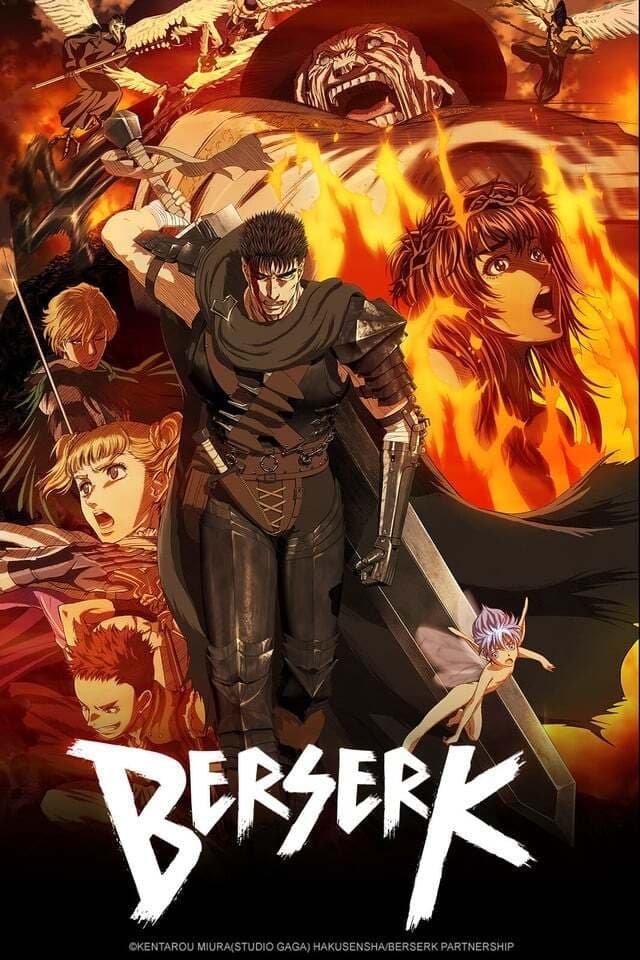 LIDENFILMS
LIDENFILMSThis continuation adapts a revered arc with heavy use of computer graphics. Character models and backgrounds often move at different rhythms, which creates a distracting stutter. Sound effects and camera choices also undercut the weight of important fights.
Key scenes compress complex relationships into quick exchanges. Without time to breathe, the tragedy and grit that define the saga struggle to land. Fans of the story often recommend reading or watching earlier adaptations before this one to understand what changed.
Share which titles you think belong on this list and tell us which ones you would warn other fans about in the comments.

.jpeg)
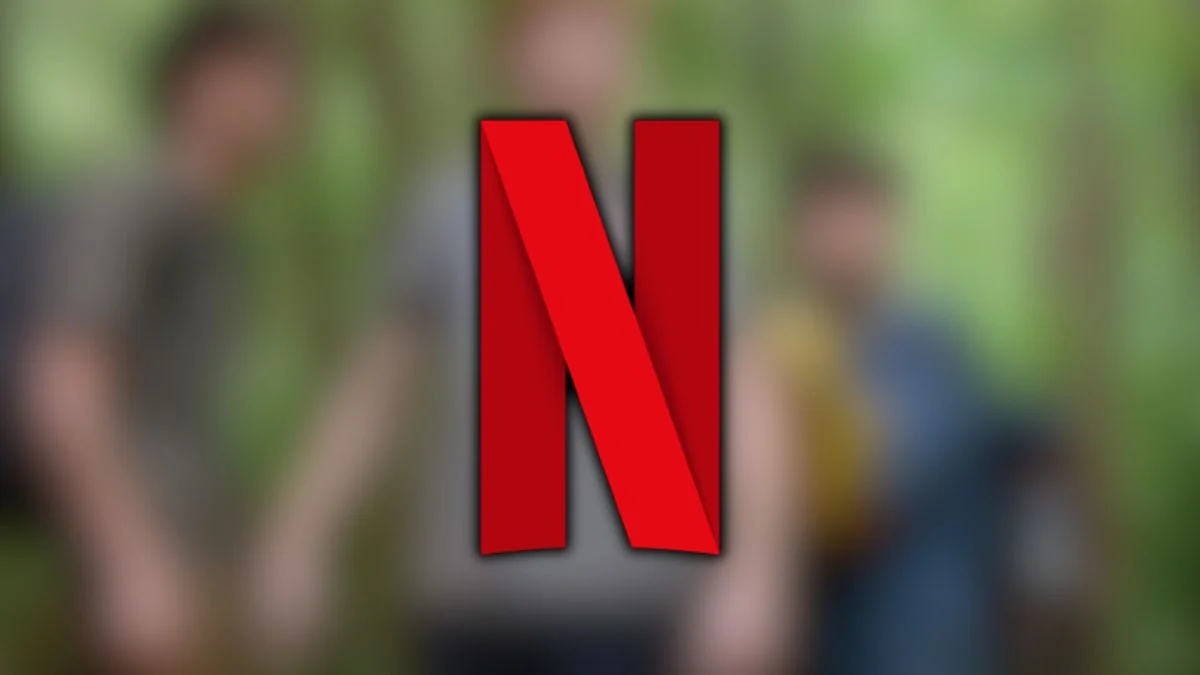

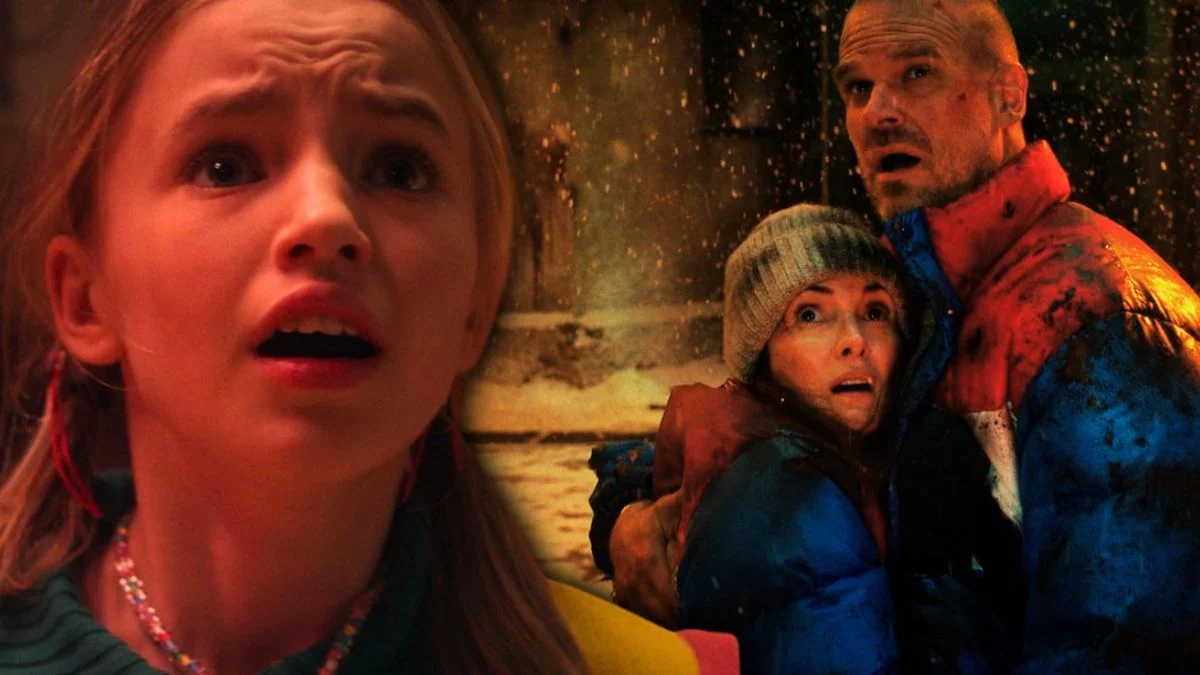

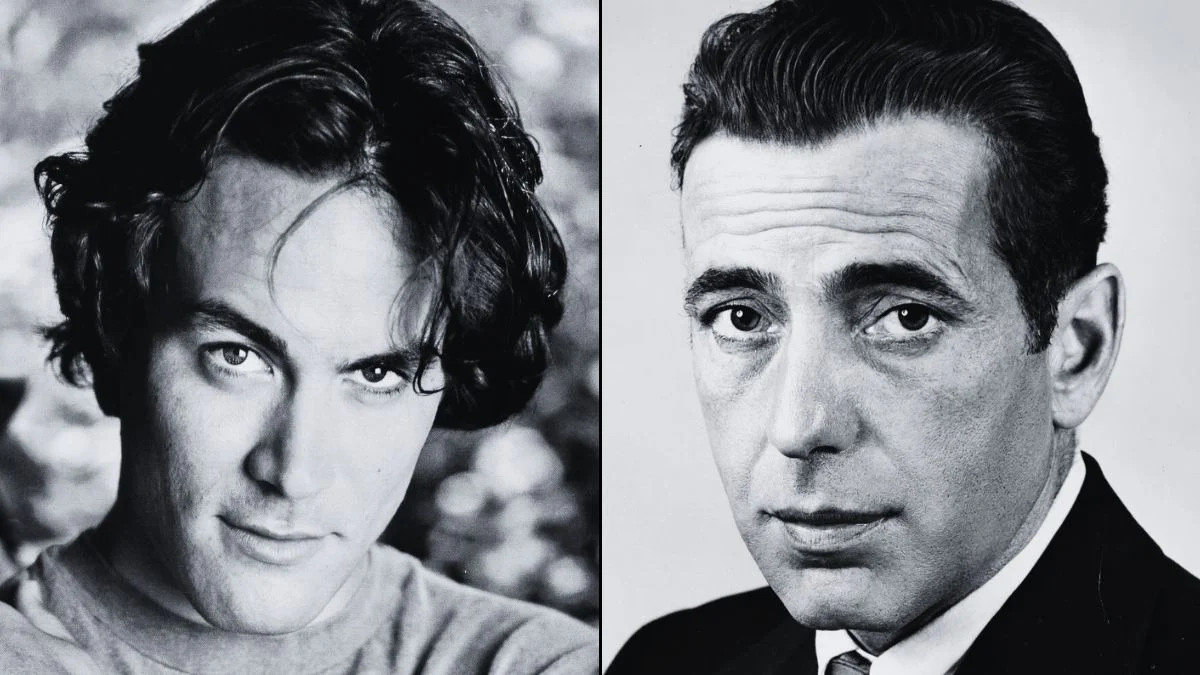

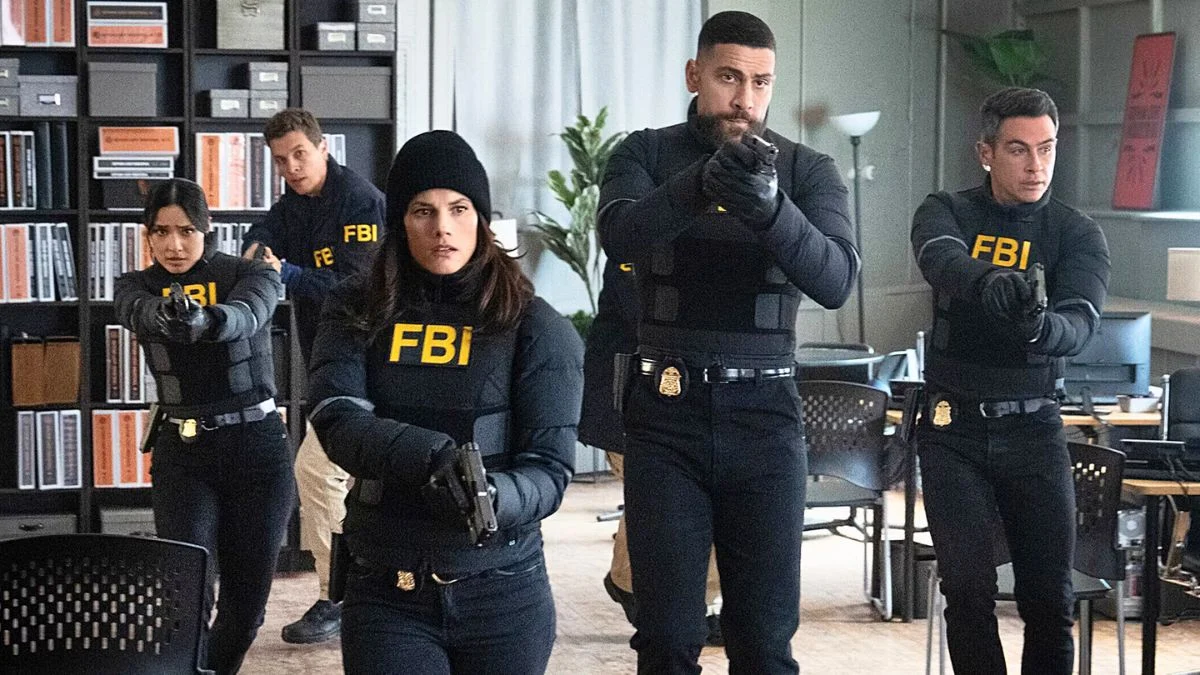

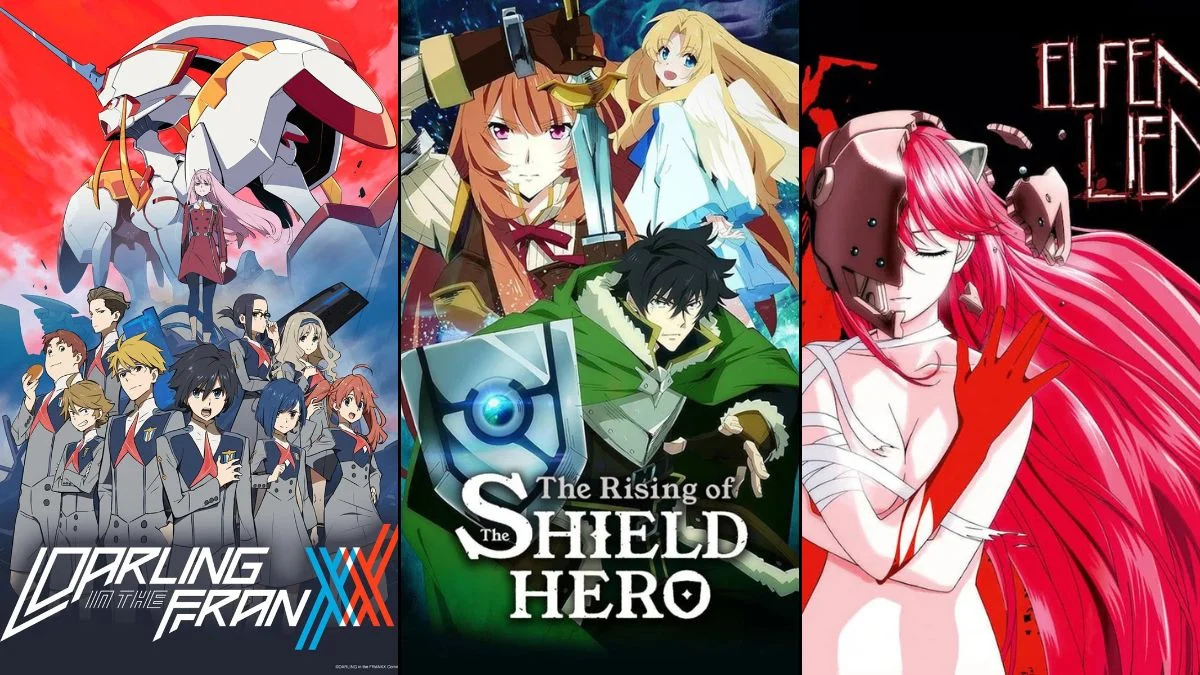
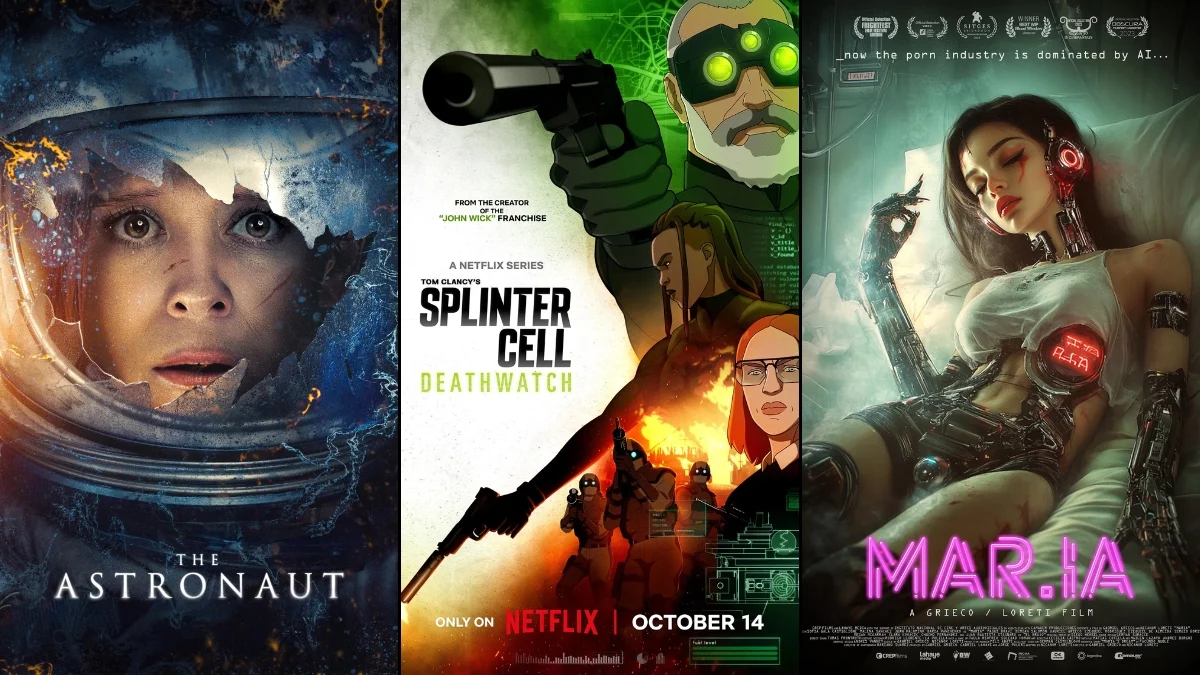

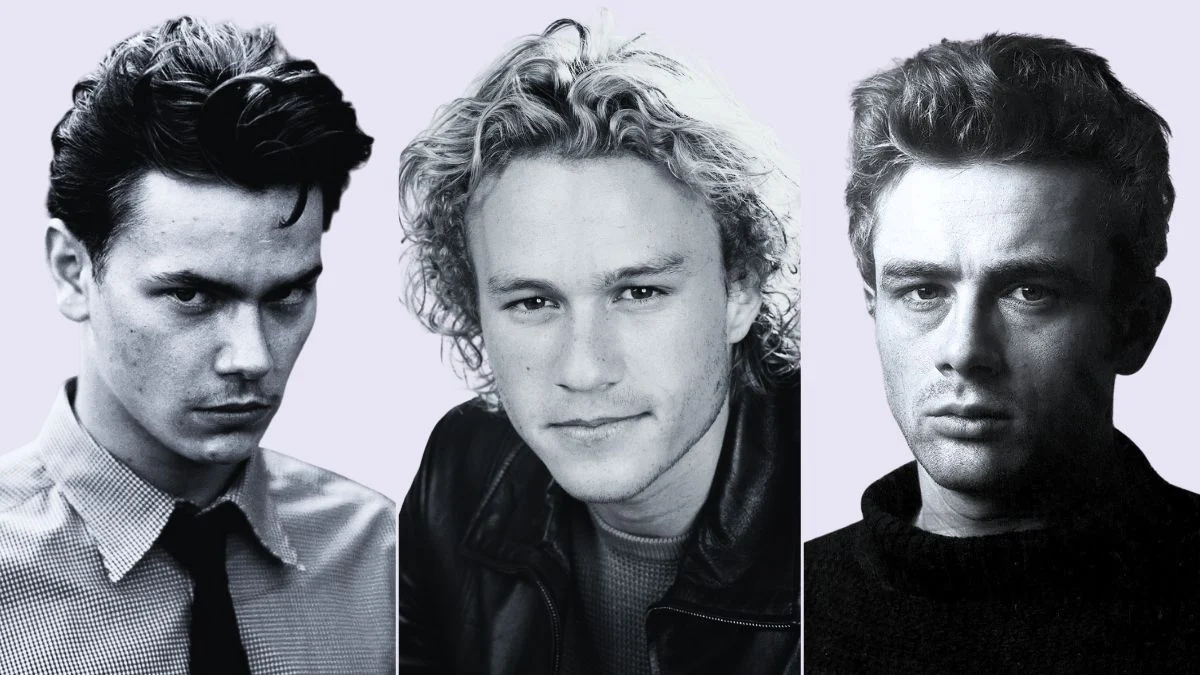
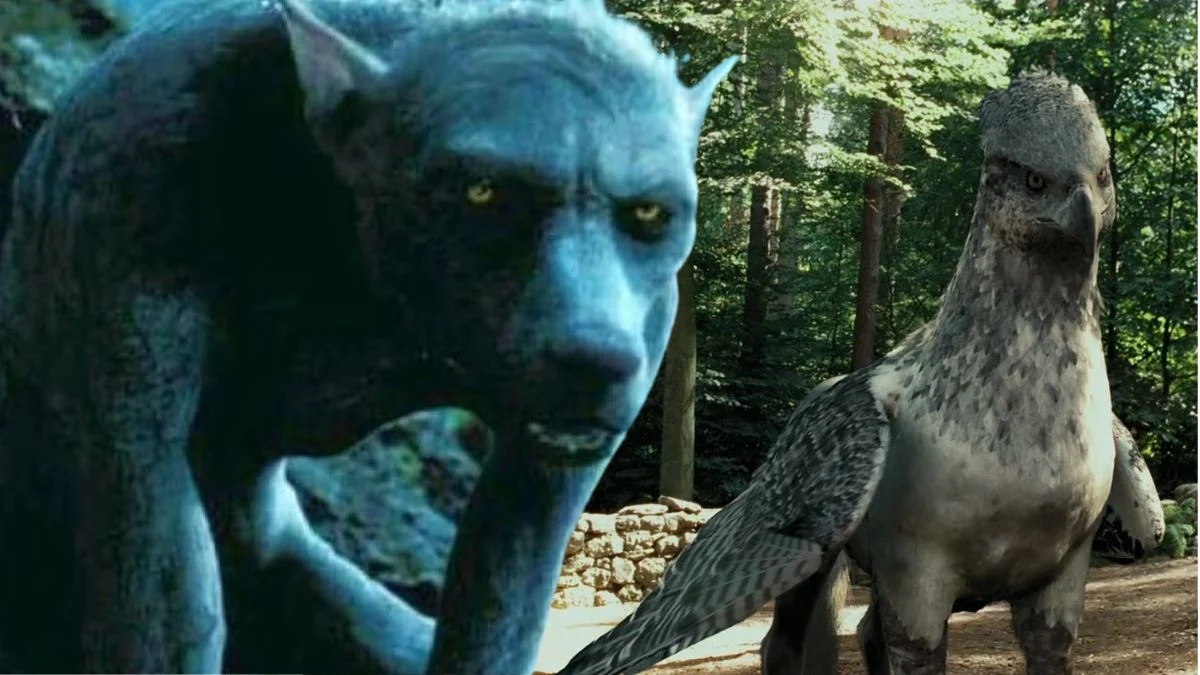
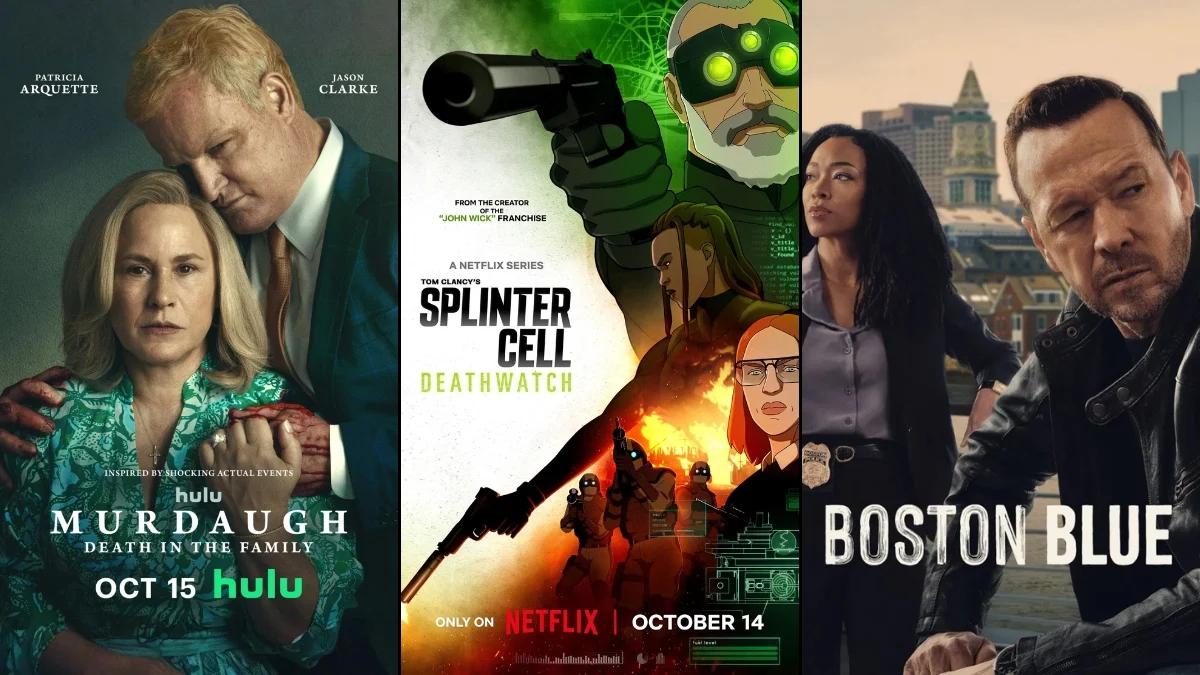

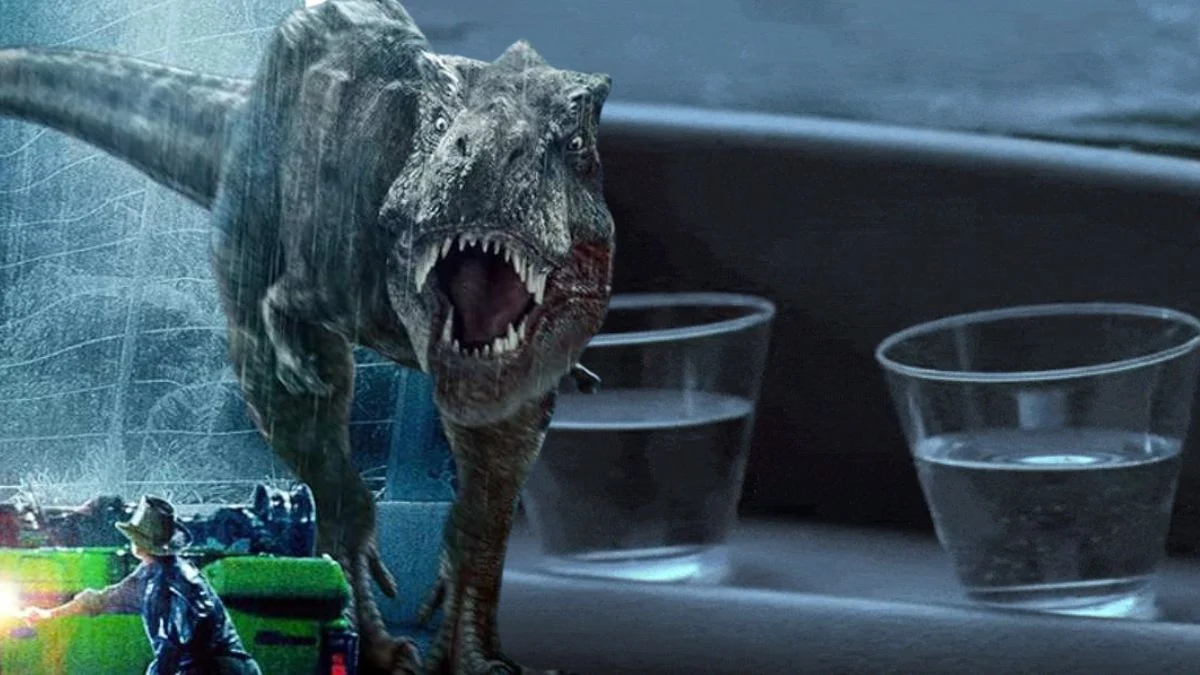
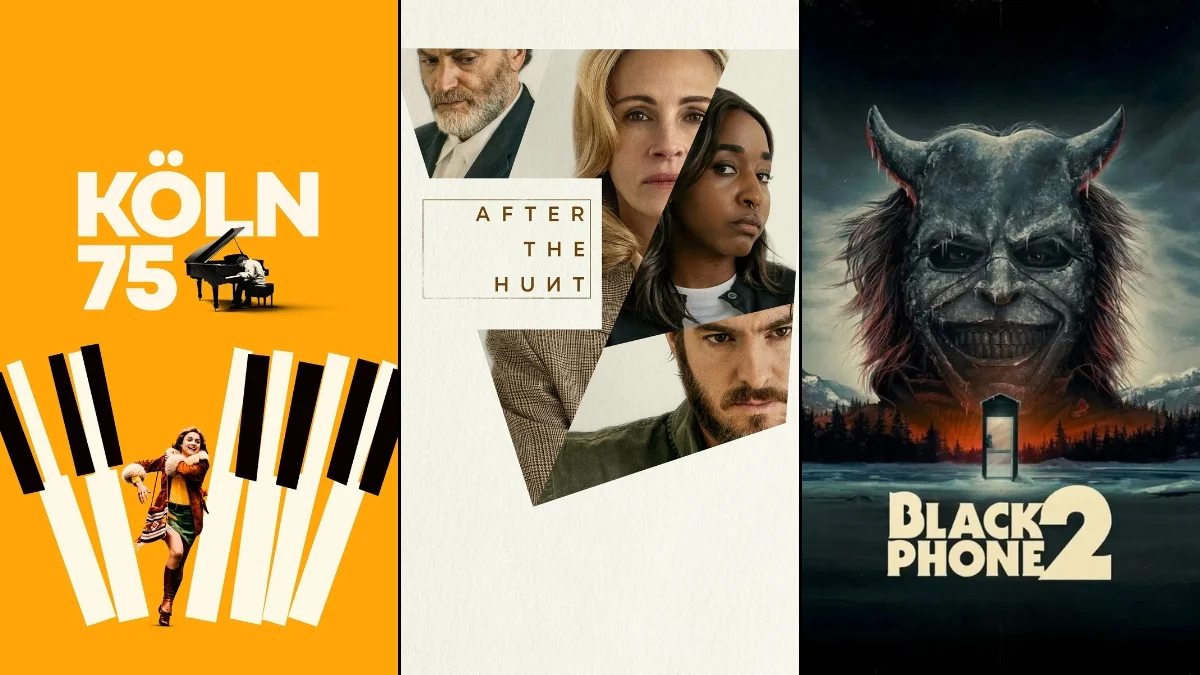
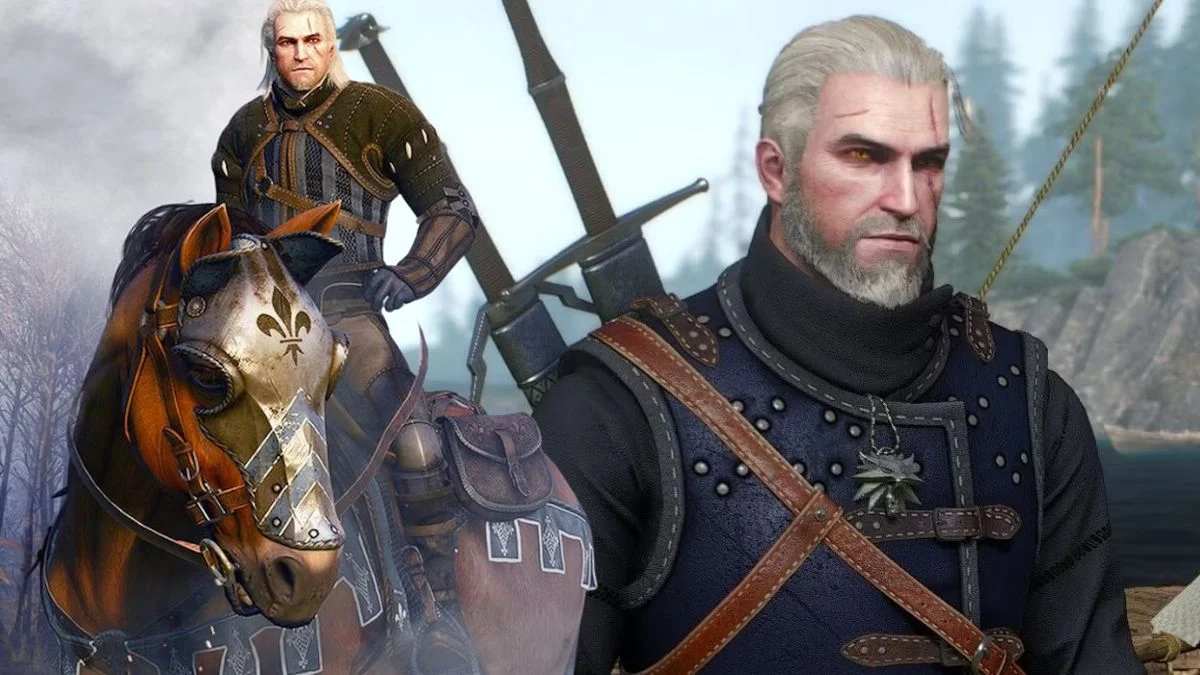



.jpeg)













 English (US) ·
English (US) ·